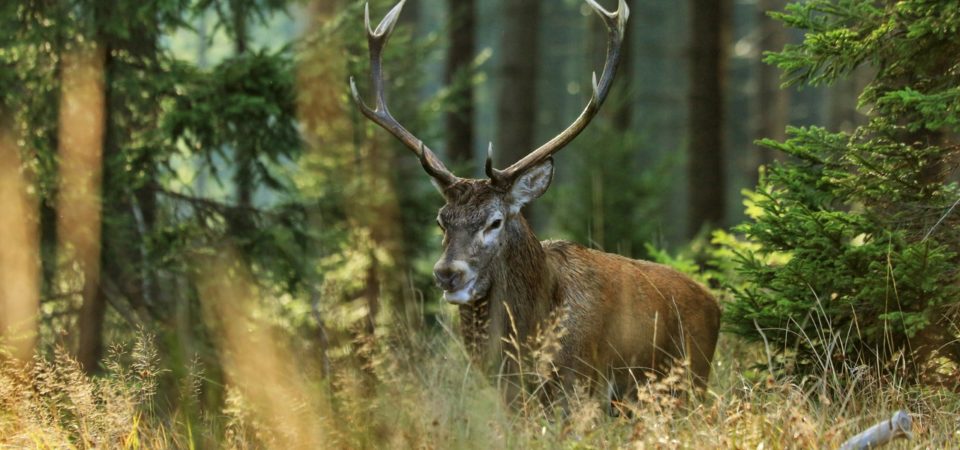Item Link: Access the Resource
Publication Info: DOI:10.1126/science.adh2616
Date of Publication: February 1
Year of Publication: 2024
Publication City: Washington, DC
Publisher: AAAS
Author(s): Erick J. Lundgren et al
Journal: Science,(2024).
Volume: 383
Pages: 531-537
Editor’s summary
Large herbivores shape ecosystems by consuming vegetation, dispersing seeds, and creating disturbances. Due to extirpations of many large herbivorous mammals and the spread of others by people, many ecosystems host megaherbivores that did not coevolve with the local plant species. Lundgren et al. investigated whether introduced species therefore have stronger and more negative effects on plant abundance and diversity (see the Perspective by Buckley and Torsney). In their meta-analysis of more than 200 studies, they found no differences between introduced and native megaherbivore impacts or evidence for stronger impacts of functionally novel species. Instead, large-bodied herbivores and those with selective diets had a stronger effect on vegetation (e.g., grass feeders reducing graminoid diversity), suggesting a stronger role for species’ traits than origins in determining their impacts. —Bianca Lopez
Abstract
Large mammalian herbivores (megafauna) have experienced extinctions and declines since prehistory. Introduced megafauna have partly counteracted these losses yet are thought to have unusually negative effects on plants compared with native megafauna. Using a meta-analysis of 3995 plot-scale plant abundance and diversity responses from 221 studies, we found no evidence that megafauna impacts were shaped by nativeness, “invasiveness,” “feralness,” coevolutionary history, or functional and phylogenetic novelty. Nor was there evidence that introduced megafauna facilitate introduced plants more than native megafauna. Instead, we found strong evidence that functional traits shaped megafauna impacts, with larger-bodied and bulk-feeding megafauna promoting plant diversity. Our work suggests that trait-based ecology provides better insight into interactions between megafauna and plants than do concepts of nativeness.
Access the full paper here.
The views and opinions expressed through the MAHB Website are those of the contributing authors and do not necessarily reflect an official position of the MAHB. The MAHB aims to share a range of perspectives and welcomes the discussions that they prompt.
